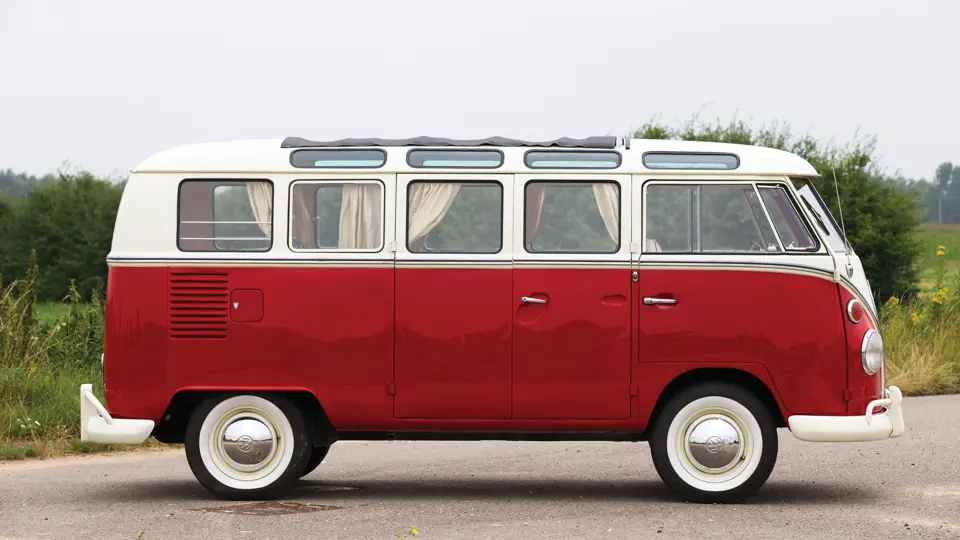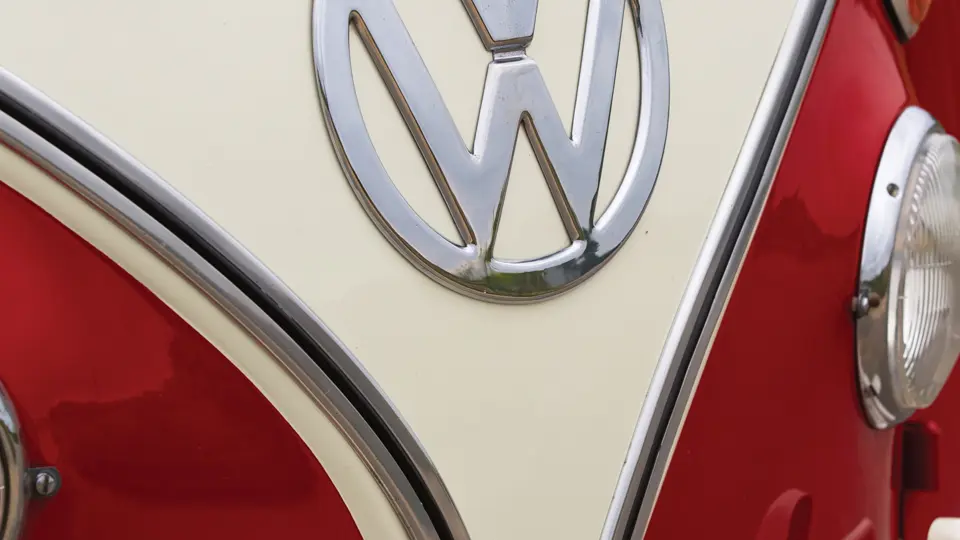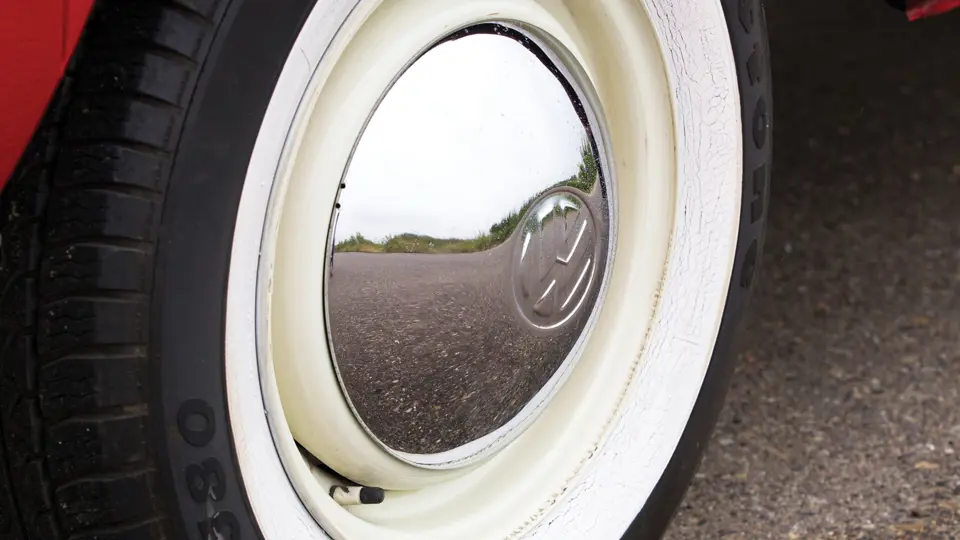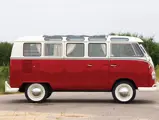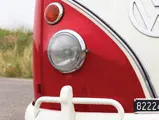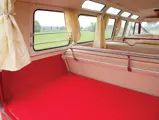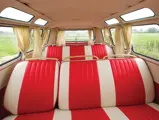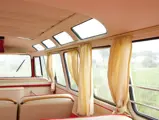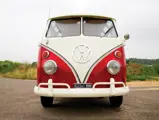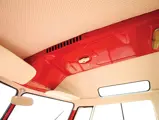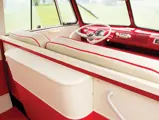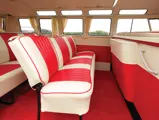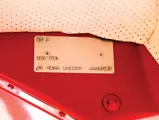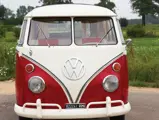40 hp, 1,500 cc OHV air-cooled horizontally opposed four-cylinder engine, four-speed manual transmission, semi-elliptic leaf-spring suspension with shocks and coil springs, and four-wheel drum brakes. Wheelbase: 2,400 mm
With more than 21 million sold worldwide, the Volkswagen Type 1 (or “Beetle”, as it was nicknamed soon after its debut in 1939) would become the best-selling car of all time. Under the direction of the German government to build a “people’s car”, Dr Ferdinand Porsche set about building prototypes in Stuttgart in the mid-1930s. Production started under British occupation in Germany before the end of 1945, with worldwide exports beginning in the early 1950s. Volkswagen, like other manufacturers, would continue to refine their car and develop variations of the original, but they would also share components throughout their models in order to increase production efficiency and profitability.
One of those variants, the iconic Volkswagen Transporter, first arrived on the American continent in 1949. Competition was non-existent, as there was nothing like it on the market at that time, and as it used standard Beetle components, making it at once familiar and easy to maintain and its parts readily available. It quickly became popular as an efficient way to move people. The Transporter was dubbed the “Micro Bus”, and it would further evolve into other vehicles, including a pickup truck and a cargo/delivery van. Its combination of efficiency and practicality deemed it an instant hit with the “flower power” generation of the ’60s, and its boxy design made it the perfect canvas for peace signs, pop-art flowers, and psychedelic paint schemes.
The Micro Bus was powered by a 1,500-cubic centimetre, overhead-valve, horizontally opposed four-cylinder engine that could produce an adequate 40 horsepower. It rode on a 94.5-inch wheelbase, was suspended by a semi-elliptic leaf-spring suspension with shocks and coil springs, and had four-wheel drum brakes.
The rarest variant, the 21-Window Micro Bus, is in many ways considered the ultimate example, which makes it highly desirable amongst collectors today. It was delivered new to Rome, Italy, and it still wears its original Rome license plate, 822241, which was first registered on 1 April 1965. According to the Italian Estratto Chronologico, this 21-Window Micro Bus was registered to a lady owner in Italy, Mrs Nunzia Sinesi, who then sold it to Mr Elio Carchi. It then passed through another Italian owner and was finally sold to its last keeper, who was located in the Rome area and had it restored to its present condition. The chassis number verifies it as an original “Samba”, as they were colloquially called, although not by the factory. This example is finished in a lovely two-tone colour scheme of red and white, and the interior is finished in matching red and white vinyl with red carpeting, which appears to show some light soiling from use. The odometer shows 28,542 kilometres, and as the gauges appear to be completely unrestored, this may very well be the original mileage. It is also presented with an equally tidy engine bay. This Deluxe Micro Bus is universally desirable both in North America and on the Continent, and it is always eminently usable.

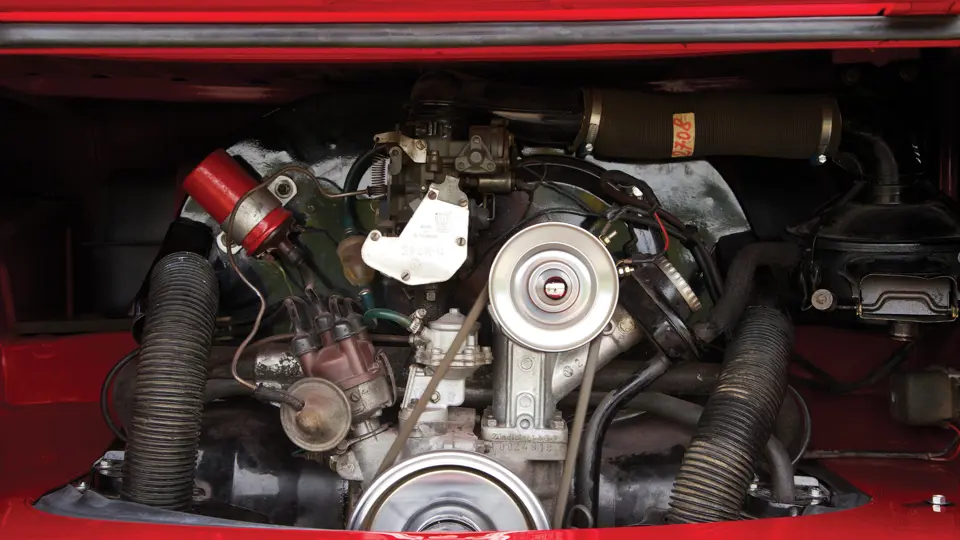


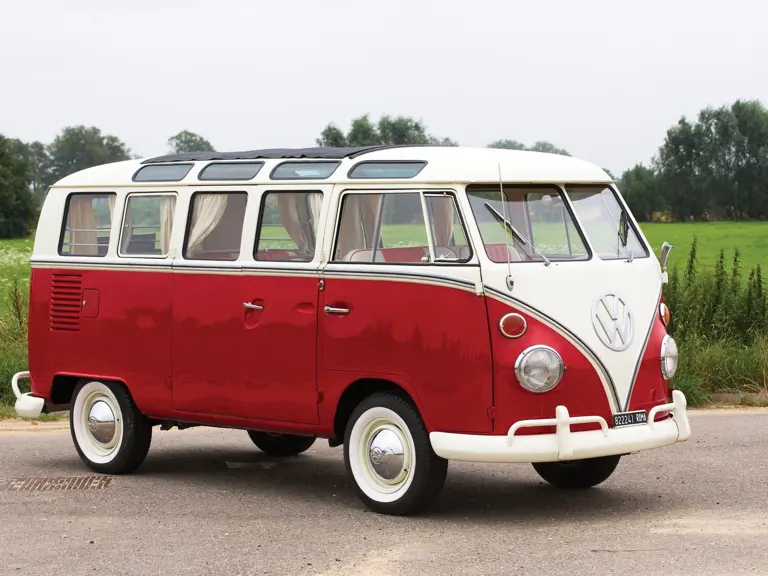

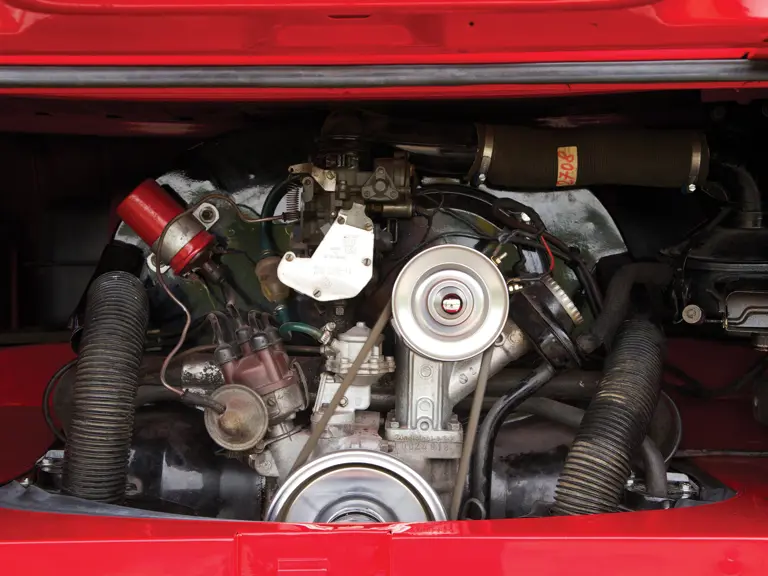
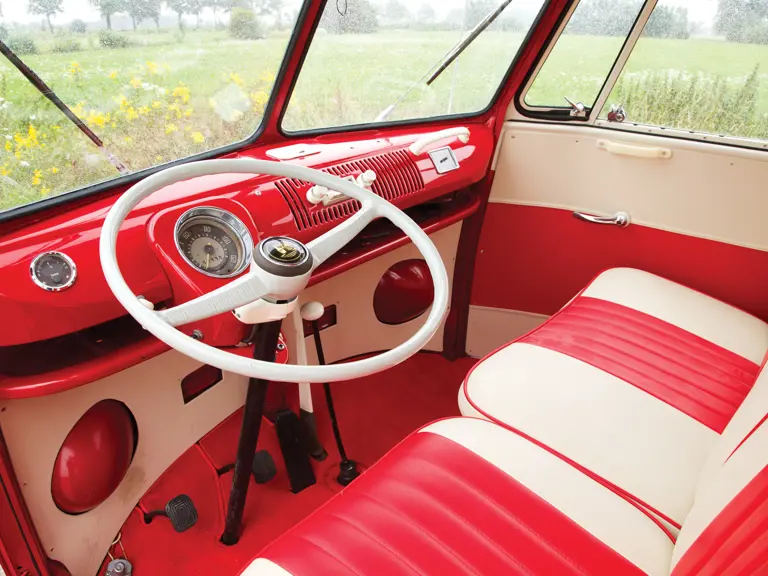
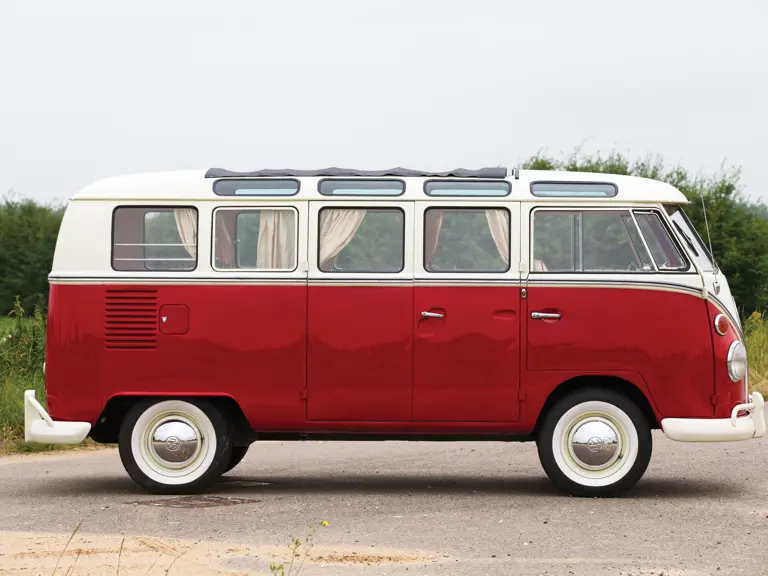
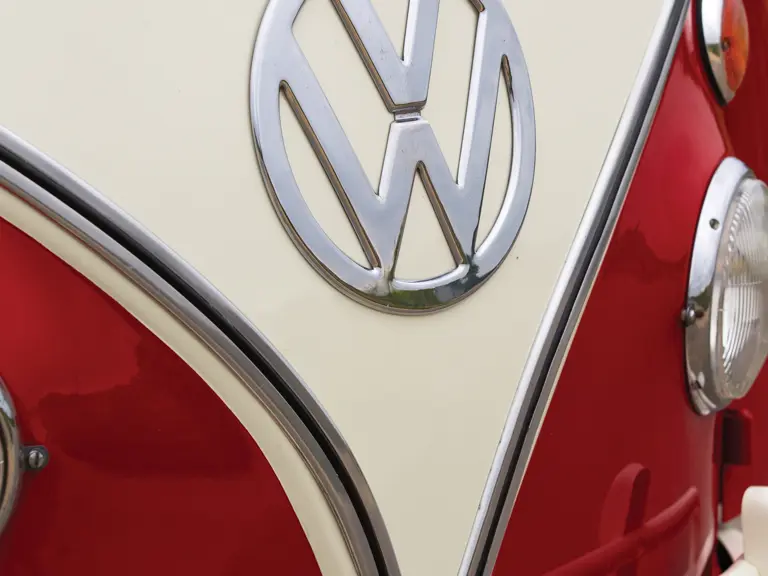
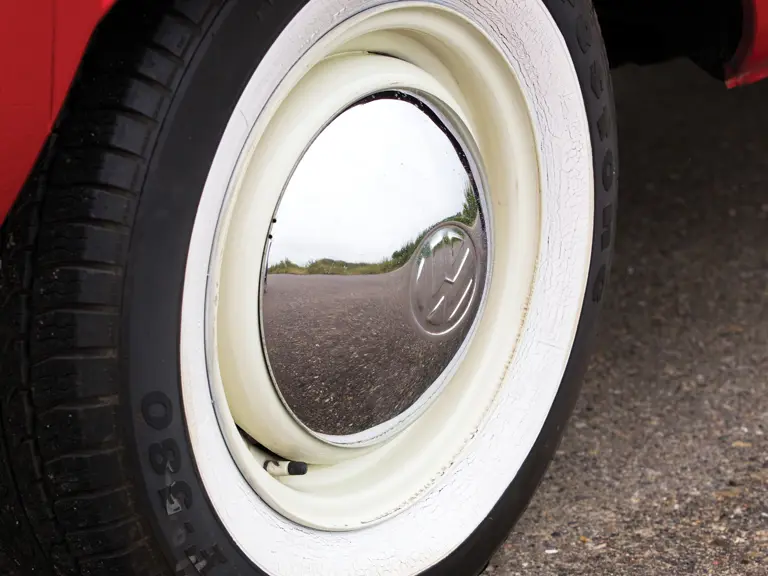
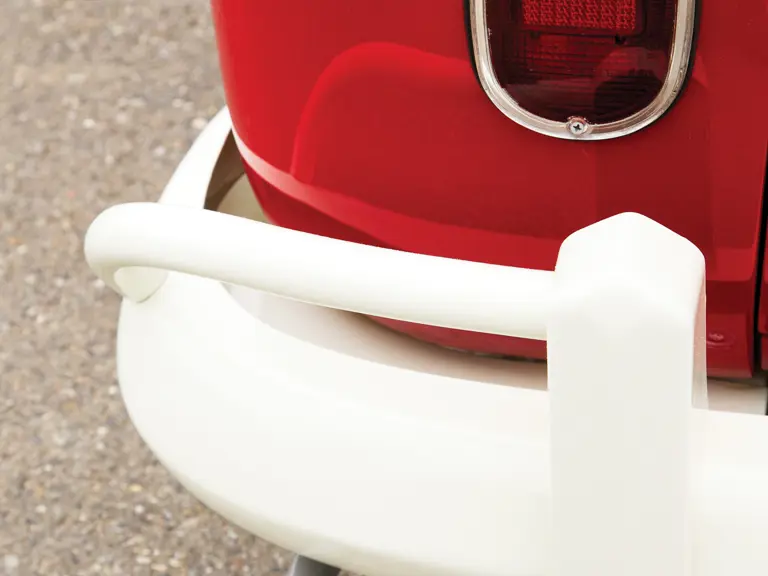
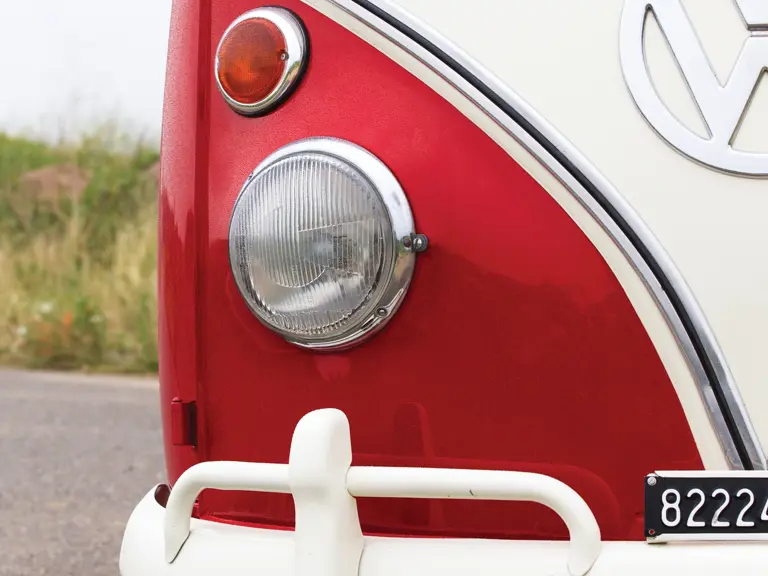

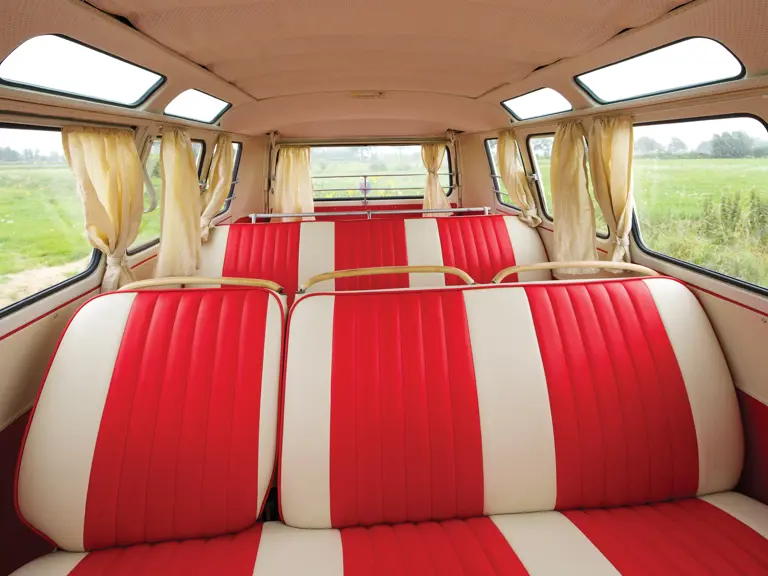
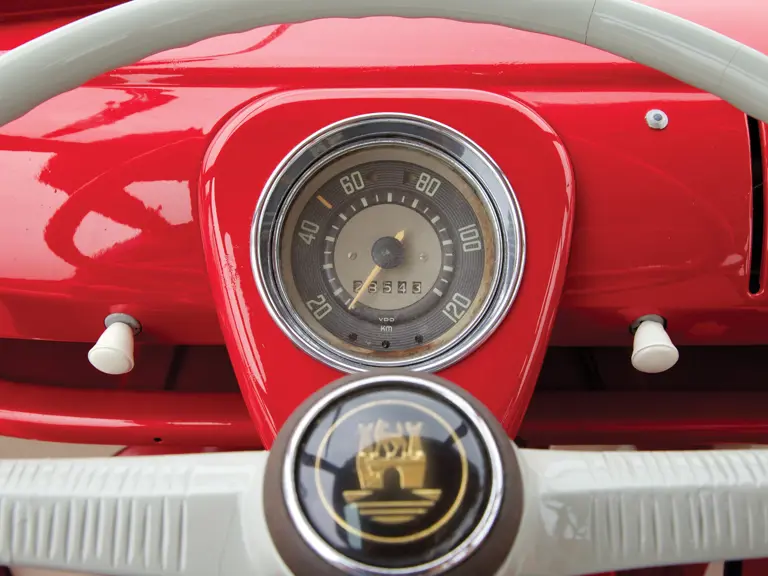
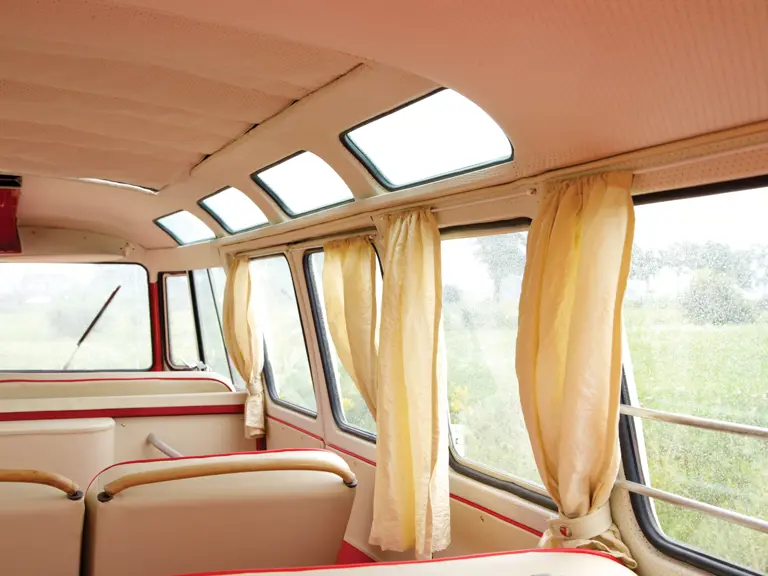
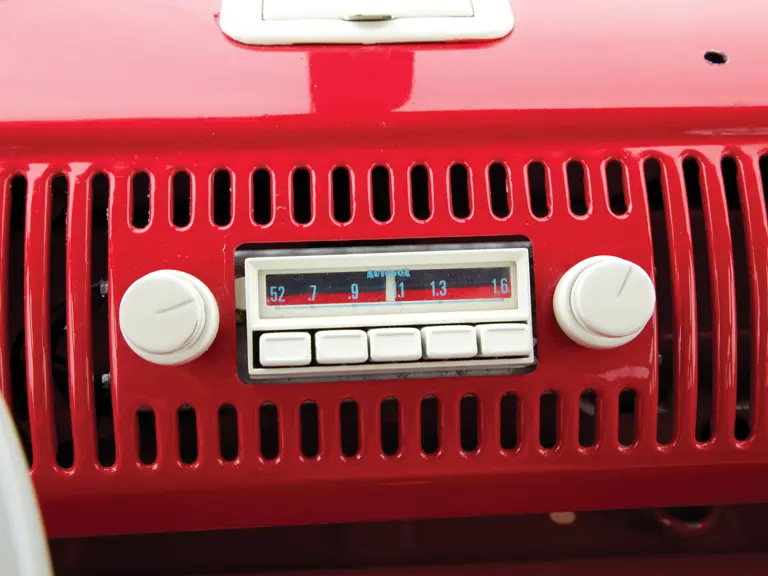
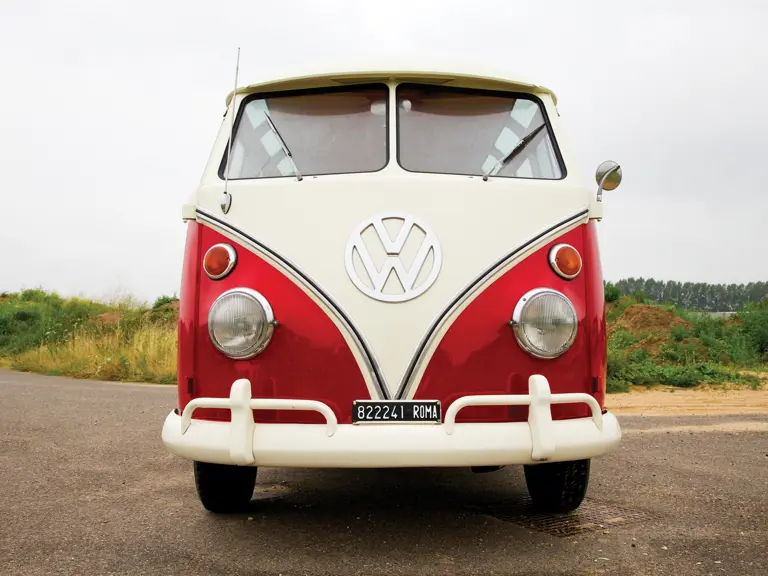
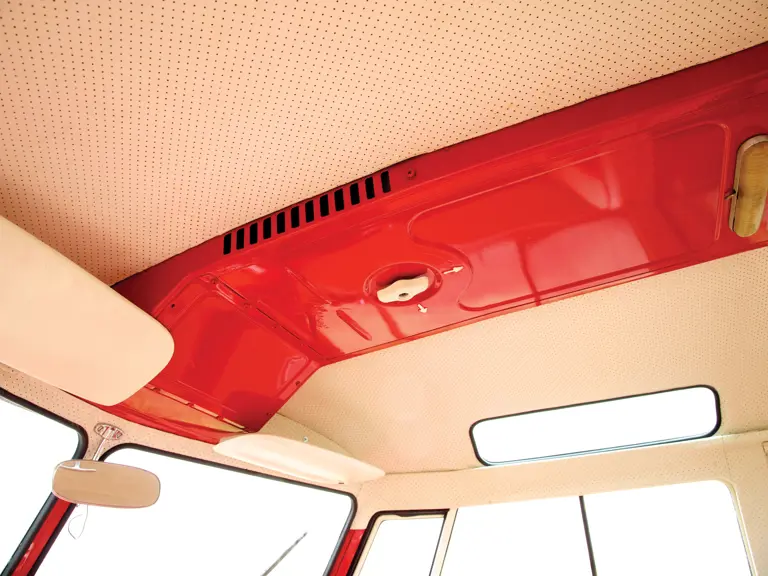
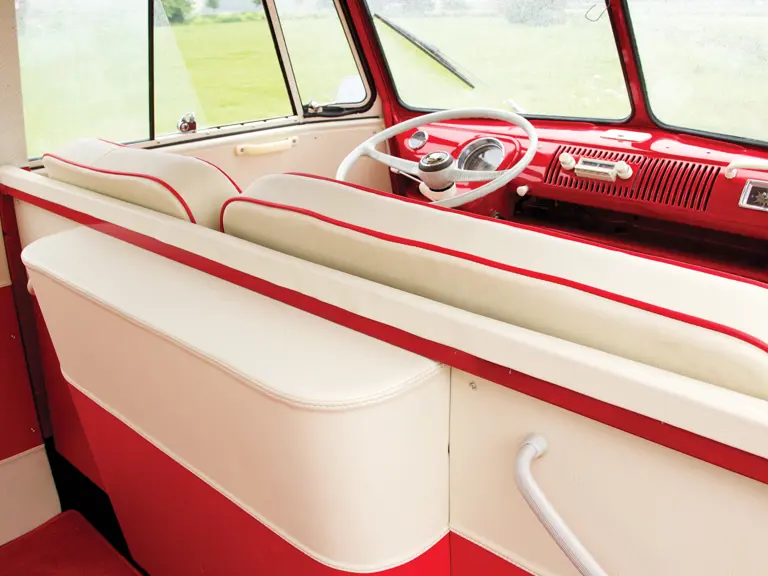
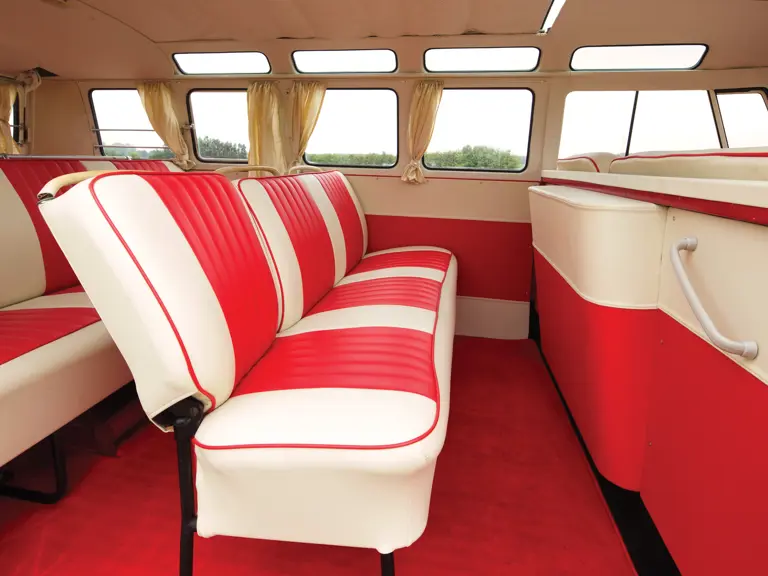
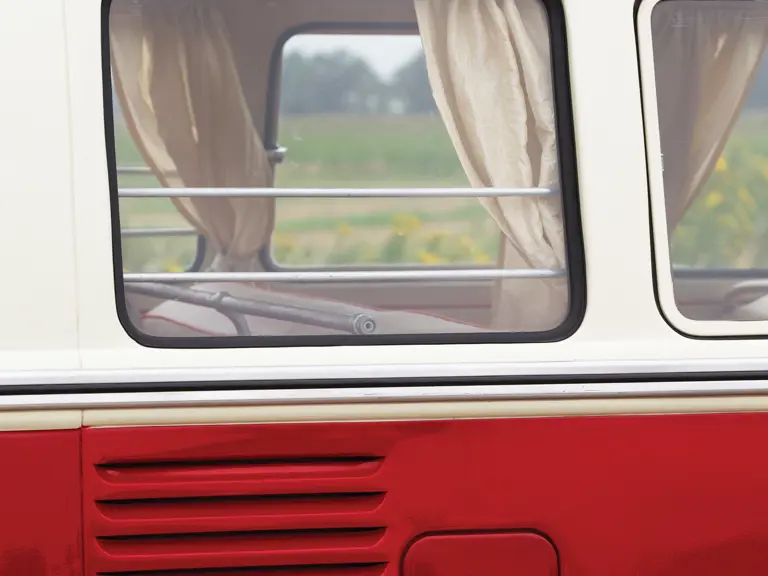
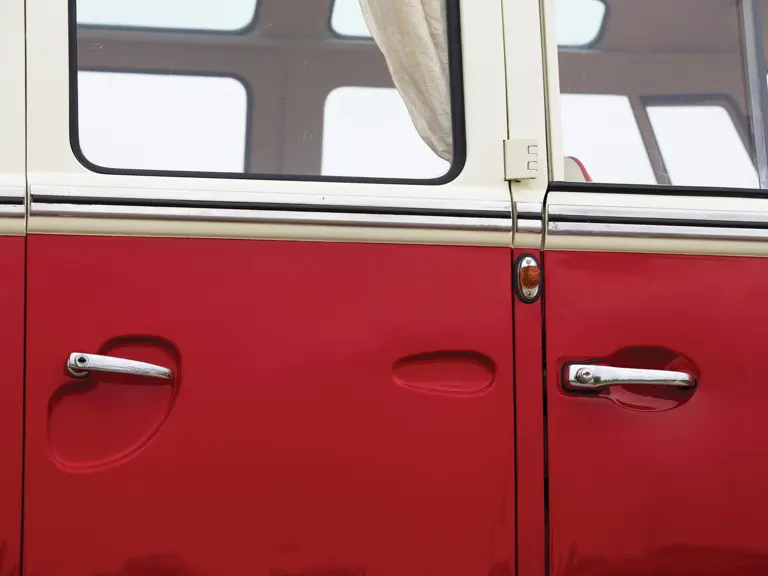
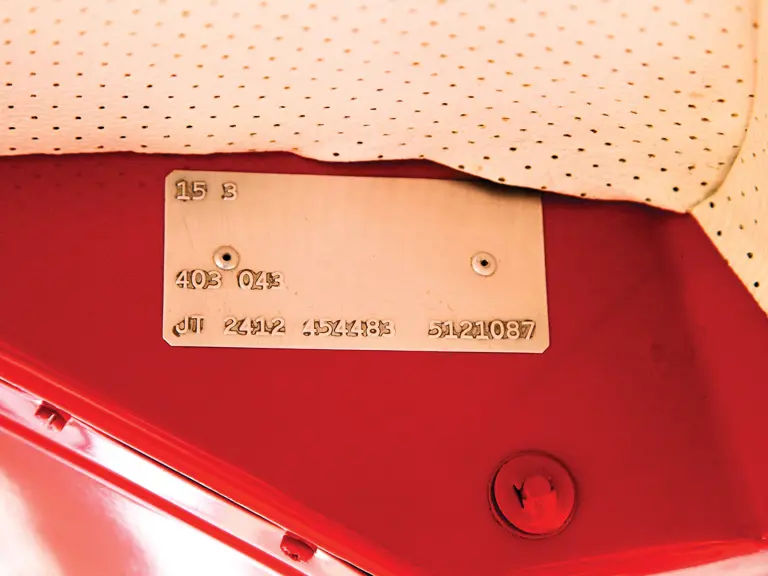
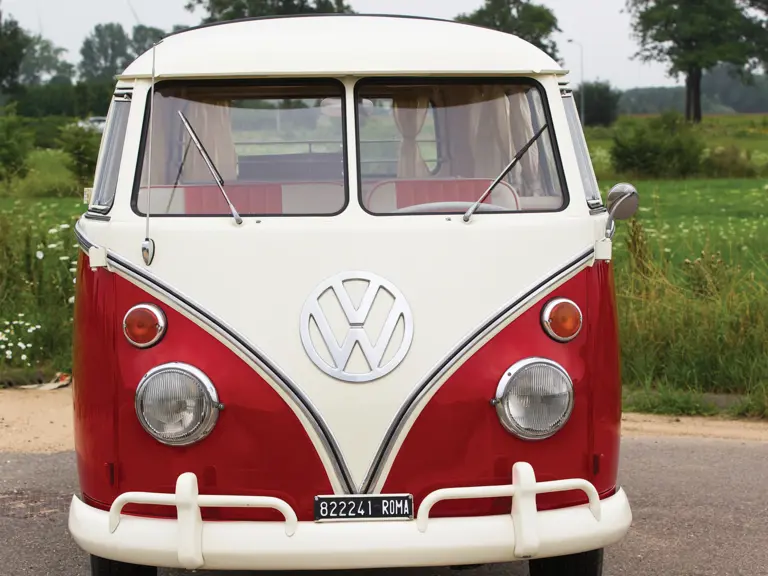
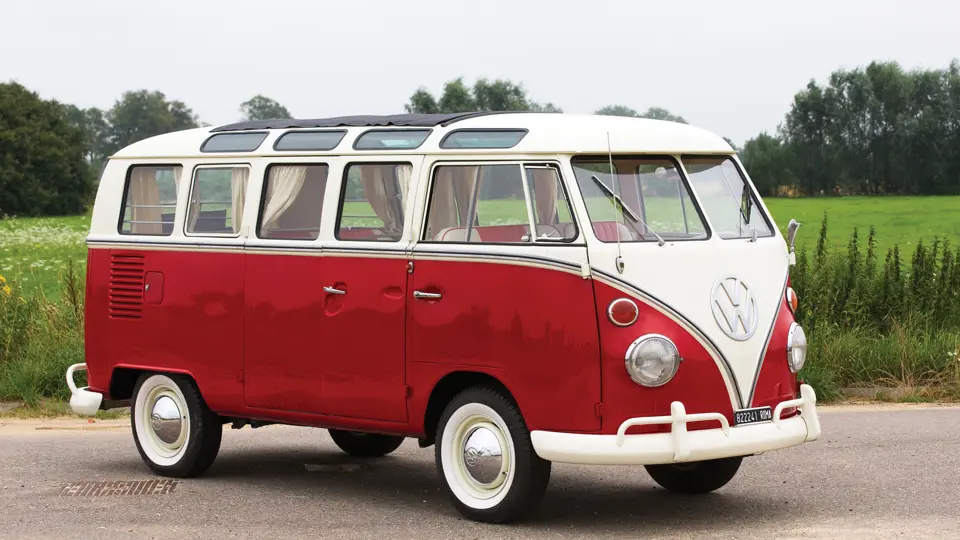
 | London, United Kingdom
| London, United Kingdom
